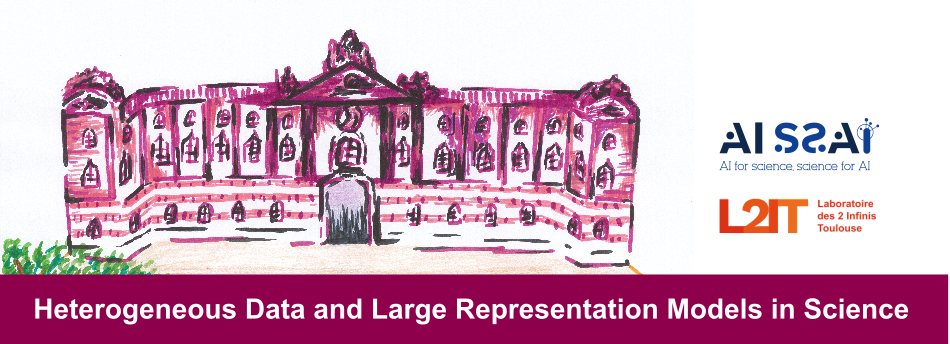Speaker
Description
High-energy physics (HEP) experiments, e.g. ATLAS and CMS, collide opposing packs of particles and characterize the collision's final state. The innermost part of a detector consists of many sensors which detect the passage of a charged-particle by measuring its energy deposit. A tracking algorithm recreates from these measurements the trajectories of all particles, a computationally intensive process which the HEP community seeks to replace with machine learning alternatives. We present in this contribution a pipeline centered on Graph Neural Network (GNN) developed for the ATLAS Inner Tracker (ITk) achieving comparable performance to the traditional analogue. We describe ML techniques employed in this pipeline, and our solutions to the unique memory and time constraints associated with processing collision data at low level. Finally, we discuss the challenge of learning heterogeneous data collected by different sensor technologies in the ITk, and our ongoing effort to address it.
| Contribution length | Middle |
|---|

